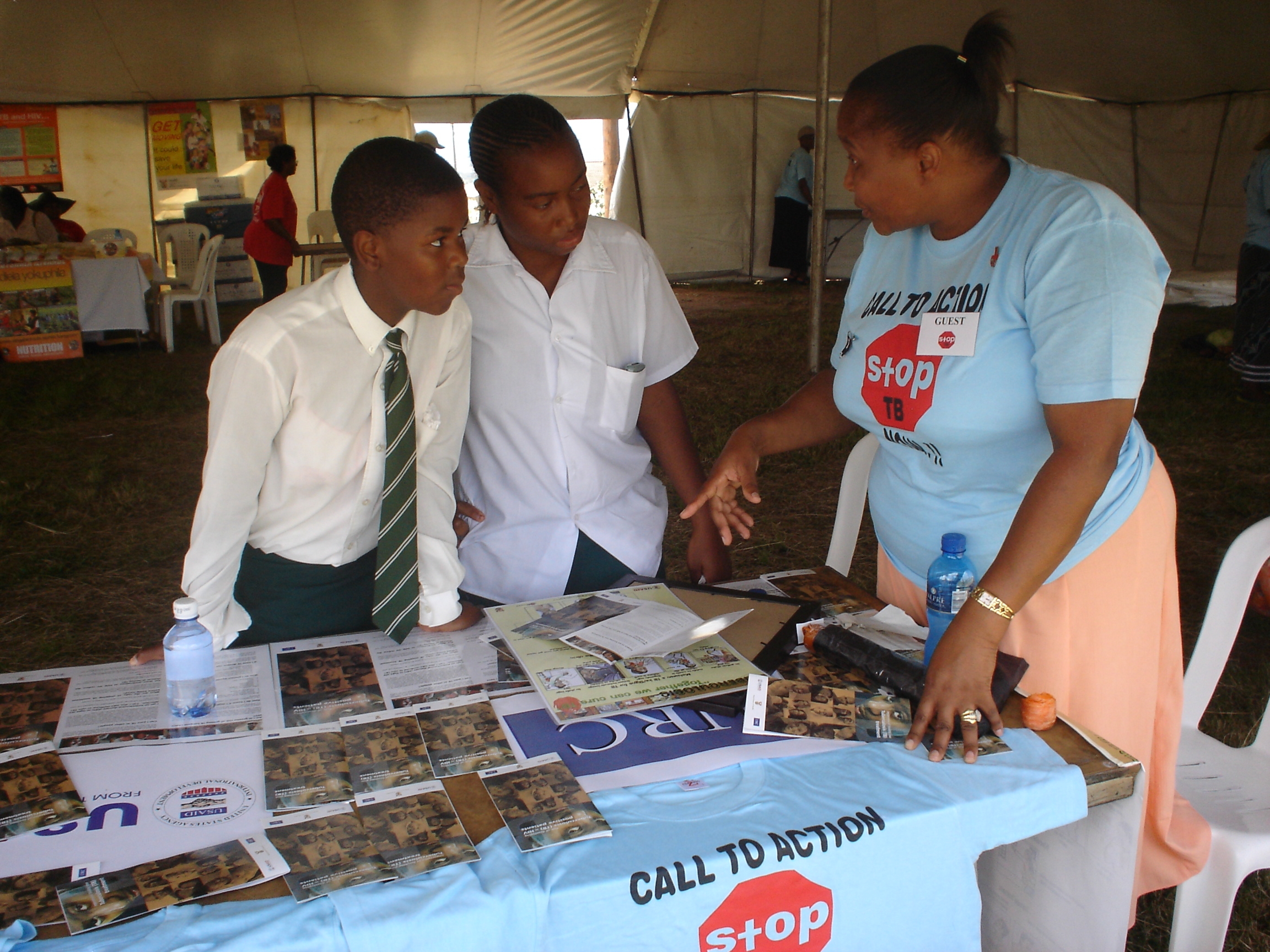Sexually Transmitted Infection Surveillance Network (SSuN) Cycle 5
CDC announces availability of fiscal year 2024 funding for a cooperative agreement for Cycle 5 of the STI Surveillance Network (SSuN).
Continuing resurgence of sexually transmitted infections (STIs), along with the imperative to implement syndemic approaches to disease surveillance addressing related epidemics such as Human Immunodeficiency Virus (HIV) and mpox (Orthopox virus previously referred to as monkeypox) inform this competitive Notice of Funding Opportunity (NOFO) which will support integrated sentinel and enhanced surveillance at the local, state, and national level.
Emergent issues of concern such as mpox and antimicrobial resistant STIs add urgency to the maintenance of robust syndemic surveillance at the community level and in sexual health clinical settings.
The purpose of this NOFO is to support sentinel and enhanced surveillance for STIs providing complete demographics, behavioral risk, clinical and preventive services data missing in routine reporting.
Sentinel clinic surveillance, enhanced investigations of reported cases, and special projects funded by this NOFO will provide epidemiologic and preventive services information filling gaps in knowledge regarding STI prevention priorities.
These data improve the ability of public health agencies to address STI/HIV health equity outcomes and syndemic interactions in populations with shared risks.This NOFO supports two core strategies for (A) sentinel surveillance in STI/sexual health clinical facilities, and (B) enhanced case-based surveillance in community settings and one supplemental strategy (Strategy C) for special surveillance projects of national or local interest.
Both core strategies integrate a syndemic approach to monitoring STIs, HIV, behavioral data, and on preventive services accessed by all persons presenting for care in sexual health settings, and persons diagnosed and reported with selected STIs from all provider settings in defined geographic areas.
The goal of this NOFO is to monitor and report trends in patient characteristics, screening, and diagnoses to identify opportunities and gaps across the STI/HIV prevention and surveillance continuum.
Protocols are designed to address critical information gaps in routine national case reporting and incorporate local flexibility to respond to emergent health issues by supporting a network of geographically diverse health departments and an expanded network of clinical partners.
These efforts complement existing state, local and national surveillance strategies and enhance the capacity of health departments to collect high-quality, timely data to inform disease prevention and control activities.
Continuing resurgence of sexually transmitted infections (STIs), along with the imperative to implement syndemic approaches to disease surveillance addressing related epidemics such as Human Immunodeficiency Virus (HIV) and mpox (Orthopox virus previously referred to as monkeypox) inform this competitive Notice of Funding Opportunity (NOFO) which will support integrated sentinel and enhanced surveillance at the local, state, and national level.
Emergent issues of concern such as mpox and antimicrobial resistant STIs add urgency to the maintenance of robust syndemic surveillance at the community level and in sexual health clinical settings.
The purpose of this NOFO is to support sentinel and enhanced surveillance for STIs providing complete demographics, behavioral risk, clinical and preventive services data missing in routine reporting.
Sentinel clinic surveillance, enhanced investigations of reported cases, and special projects funded by this NOFO will provide epidemiologic and preventive services information filling gaps in knowledge regarding STI prevention priorities.
These data improve the ability of public health agencies to address STI/HIV health equity outcomes and syndemic interactions in populations with shared risks.This NOFO supports two core strategies for (A) sentinel surveillance in STI/sexual health clinical facilities, and (B) enhanced case-based surveillance in community settings and one supplemental strategy (Strategy C) for special surveillance projects of national or local interest.
Both core strategies integrate a syndemic approach to monitoring STIs, HIV, behavioral data, and on preventive services accessed by all persons presenting for care in sexual health settings, and persons diagnosed and reported with selected STIs from all provider settings in defined geographic areas.
The goal of this NOFO is to monitor and report trends in patient characteristics, screening, and diagnoses to identify opportunities and gaps across the STI/HIV prevention and surveillance continuum.
Protocols are designed to address critical information gaps in routine national case reporting and incorporate local flexibility to respond to emergent health issues by supporting a network of geographically diverse health departments and an expanded network of clinical partners.
These efforts complement existing state, local and national surveillance strategies and enhance the capacity of health departments to collect high-quality, timely data to inform disease prevention and control activities.
Related Programs
Preventive Health Services_Sexually Transmitted Diseases Control Grants
Department of Health and Human Services
Agency: Department of Health and Human Services
Office: Centers for Disease Control - NCHHSTP
Estimated Funding: $40,000,000
Office: Centers for Disease Control - NCHHSTP
Estimated Funding: $40,000,000
Obtain Full Opportunity Text:
https://grants.nih.gov/grants/guide/rfa-files/RFA-AG-24-035.html
Additional Information of Eligibility:
Applicants must apply for at least one of the two core strategies of this NOFO.
Applicants proposing one or more Strategy C Activity but not proposing either or both of the core strategies (Strategy A and/or Strategy B) will be considered non-responsive and will not receive further review.Applicants must provide documentary evidence of their ability match their STI Clinic patient census and/or reported STI cases with the official HIV case registry.
Access to the jurisdiction’s official HIV case registry (eHARS or similar proxy) is critical to successfully implementing the required program strategies, either through the applicant agency’s internal systems or through agreements with relevant health department entities.
Applicants must include a letter of support/memorandum of agreement with the designated Overall Responsible Party (ORP) for HIV surveillance in their jurisdiction documenting collaboration for the purposes of name-based HIV surveillance registry matching.
This requirement applies to Strategy A and/or Strategy B applications.
Name this signed letter “HIV_ORP_MOA” and upload as an attachment with the application package at www.grants.gov.
Applicants failing to provide a clearly labeled MOU/MOA from the jurisdiction's ORP for HIV surveillance will be considered non-responsive and will not receive further review.
Please note: Sections 317 and 318 of the Public Health Service Act authorize funding to States, political subdivisions of States, and any other public and nonprofit private entities, but do not authorize awards to for-profit entities.
Full Opportunity Web Address:
http://grants.nih.gov/grants/guide/rfa-files/RFA-AG-24-035.html
Contact:
Agency Email Description:
kkreisel@cdc.gov
Agency Email:
Date Posted:
2024-02-08
Application Due Date:
Archive Date:
2024-06-14
Social Entrepreneurship
Spotlight
The U.S. Government on Cultivating Impact Investing And Social Enterprise

According to a Private Capital, Public Good report recently released at the White House from a group of A-list impact investing and social enterprise specialists, the U.S. government can do a lot to spur the growth among the impact investing and social enterprise sectors.

